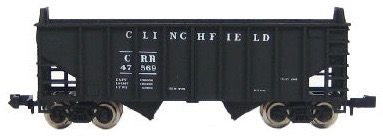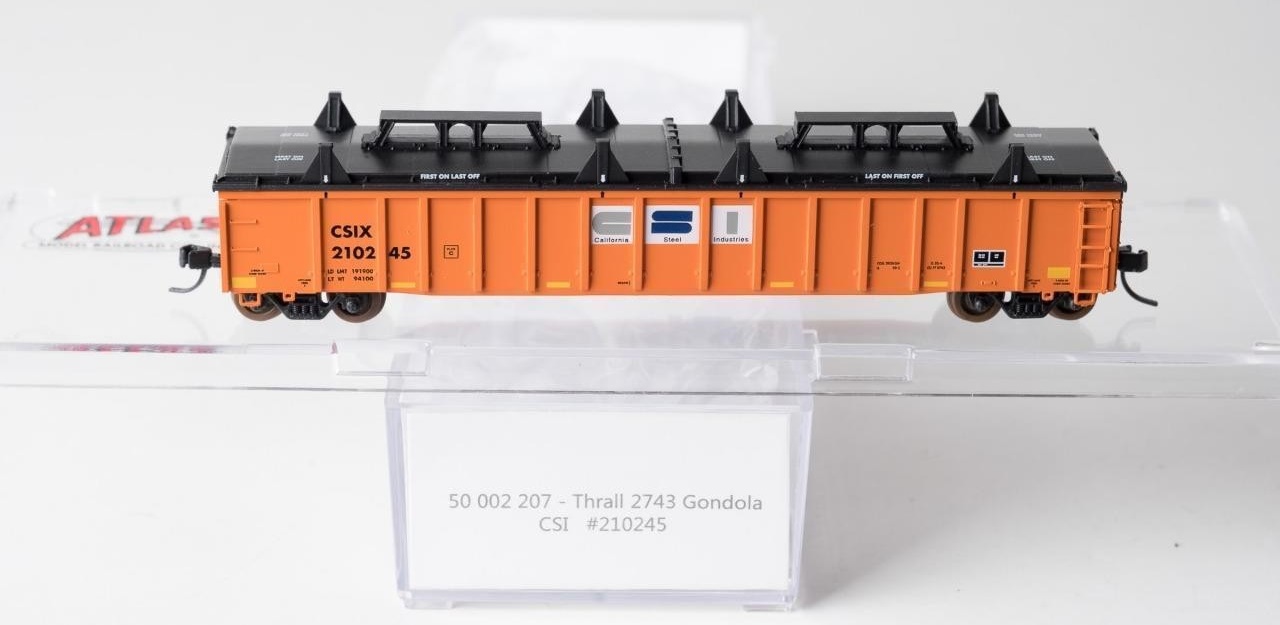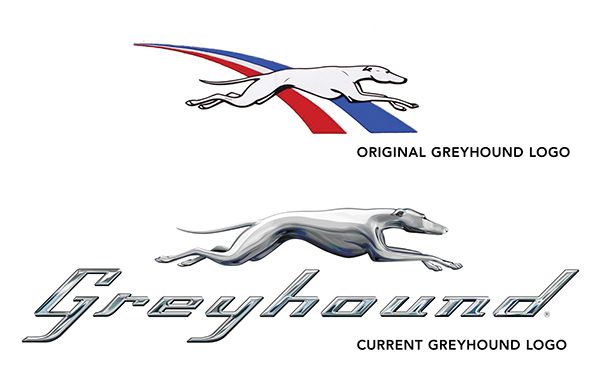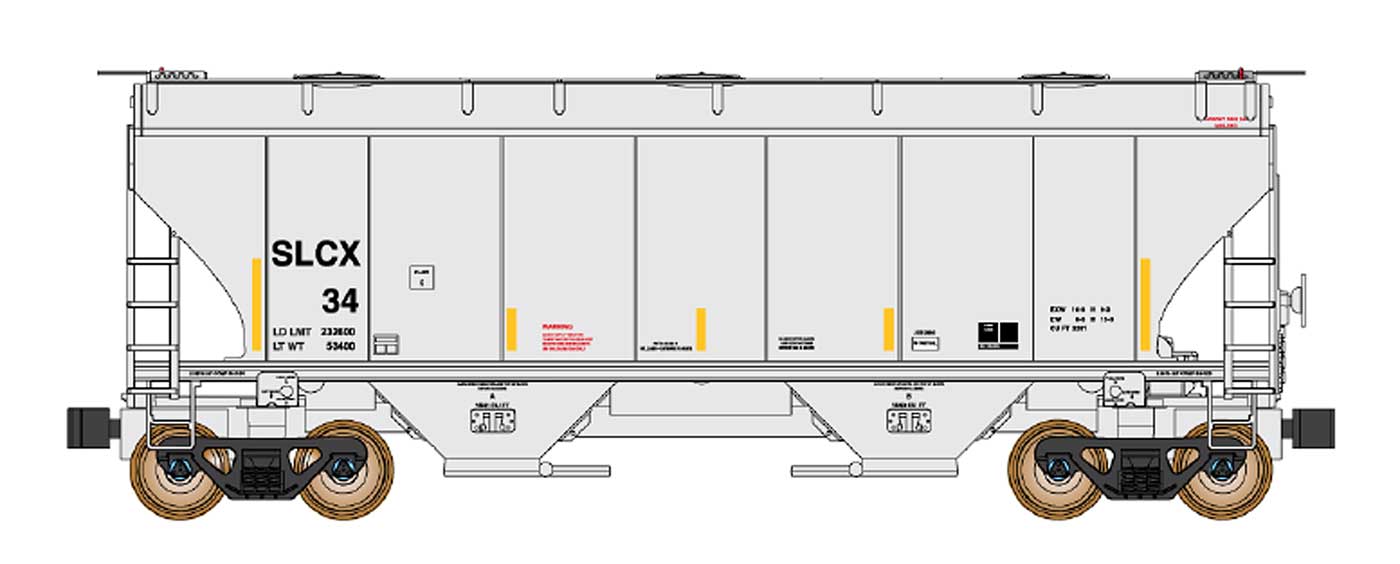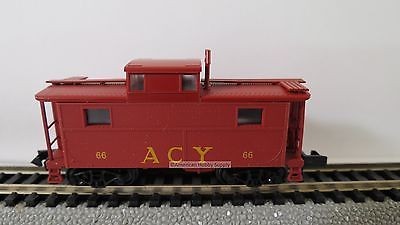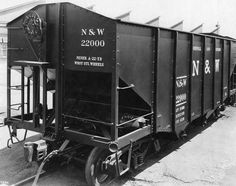Roco - 28727 - Open Hopper, 2-Bay, Rib Side, Arch End - Clinchfield - 47569
Click to see the details
market
| Stock Number | 28727 |
| Brand | Roco |
| Manufacturer | Roco |
| Body Style | Roco Open Hopper 2-Bay Ribside |
| Prototype Vehicle | Open Hopper, 2-Bay, Rib Side, Arch End (Details) |
| Road or Company Name | Clinchfield (Details) |
| Reporting Marks | CRR |
| Road or Reporting Number | 47569 |
| Paint Color(s) | Black |
| Print Color(s) | White |
| Coupler Type | Rapido Hook |
| Coupler Mount | Truck-Mount |
| Wheel Type | Nickel-Silver Plated Metal |
| Wheel Profile | Deep Flange |
| Item Category | Rolling Stock (Freight) |
| Model Type | Open Hopper |
| Model Subtype | 2-Bay |
| Model Variety | Ribside Peak End |
| Prototype Region | North America |
| Prototype Era | EU Epoch II (1920 - 1945) |
| Scale | 1/160 |
Model Information:
This model was built by Roco for Atlas for their early 1960s production runs. Later, it was re-released by Con-Cor in large numbers. It has also been released by Roco themselves in their own packaging (imported by Walthers). Eastern Seaboard Models has also done releases of this car which they painted themselves (unlike the Atlas and Con-Cor releases, which were painted by Roco). The Con-Cor releases have had the "Atlas Austria" filed off of the tooling. It is a model of a PS-3 hopper that was first produced in the 1940s.
Prototype History:
2-Bay ribside coal hoppers were in common use in the first half of the 20th century. The ribbed sides added stability so the loads would not bow out the side of the hoppers. Steel was in plentiful supply after the second world wars and these cars were pretty much everywhere coal was being produced or consumed.
The arched ends on certain of these steel ribside hoppers were presumable added to prevent coal from slopping forward or backwards between the cars when they were abruptly started or stopped. The arch end versions were far less common than their flat-ended sisters.
The arched ends on certain of these steel ribside hoppers were presumable added to prevent coal from slopping forward or backwards between the cars when they were abruptly started or stopped. The arch end versions were far less common than their flat-ended sisters.
Road Name History:
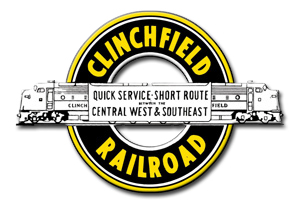 The Clinchfield Railroad (reporting mark CRR) was an operating and holding company for the Carolina, Clinchfield and Ohio Railway (reporting mark CCO). The line ran from the coalfields of Virginia and Elkhorn City, Kentucky, to the textile mills of South Carolina. The 35-mile segment from Dante, Virginia, to Elkhorn City, opening up the coal lands north of Sandy Ridge Mountains and forming a connection with the Chesapeake and Ohio Railway at Elkhorn City, was completed in 1915.
The Clinchfield Railroad (reporting mark CRR) was an operating and holding company for the Carolina, Clinchfield and Ohio Railway (reporting mark CCO). The line ran from the coalfields of Virginia and Elkhorn City, Kentucky, to the textile mills of South Carolina. The 35-mile segment from Dante, Virginia, to Elkhorn City, opening up the coal lands north of Sandy Ridge Mountains and forming a connection with the Chesapeake and Ohio Railway at Elkhorn City, was completed in 1915.
The Clinchfield was the last Class I railroad built in the U.S. east of the Rocky Mountains. The 266-mile railroad provided access to numerous scenic wonders of the Appalachian region and is probably best known for the state-of-the-art railroad engineering techniques applied in its construction, as exemplified by the Clinchfield Loops climbing the Blue Ridge Mountains north of Marion, North Carolina.
The Clinchfield Railroad began operating the line December 1, 1924, and for many years it was leased jointly by the Atlantic Coast Line Railroad and Louisville and Nashville Railroad. When the L&N merged with the ACL's successor, the Seaboard Coast Line Railroad, effective January 1, 1983, forming the Seaboard System Railroad, the separate operating company was unnecessary and was merged into the Seaboard. The line is now owned and operated by CSX Transportation as their Blue Ridge Subdivision (Spartanburg to Erwin, Tennessee) and Kingsport Subdivision (Erwin to Elkhorn City).
On October 15, 2015 CSX Transportation announced it was closing the Erwin yard facility, with a loss of 300 jobs. All through traffic trains would cease using the Clinchfield Route. Industries around Kingsport and Johnson City, TN would still be serviced by trains coming North from Spartanburg, SC and Bostic, NC, as would the Alpha Natural Resources coal preparation facility in McClure, VA by trains coming south from Shelbiana, Ky. Norfolk Southern would still use the line from St. Paul to Frisco, VA via a trackage rights arrangement with the CSX. The line between St. Paul and McClure (19.4 miles) would be idled immediately, effectively ending the use of the Clinchfield Route as a functioning bridge route between Spartanburg and Elkhorn City. It has been reported, however, that there have been instances of equipment running between Shelbiana, Ky and Dante, Va. The last time a train crossed the entire "North End" of the Clinchfield Route (from Elkhorn to Kingsport) was for the 2015 running of the Santa Claus Special, which happened in November 2015. It remains unclear as to the future of this rail line.

The Clinchfield was the last Class I railroad built in the U.S. east of the Rocky Mountains. The 266-mile railroad provided access to numerous scenic wonders of the Appalachian region and is probably best known for the state-of-the-art railroad engineering techniques applied in its construction, as exemplified by the Clinchfield Loops climbing the Blue Ridge Mountains north of Marion, North Carolina.
The Clinchfield Railroad began operating the line December 1, 1924, and for many years it was leased jointly by the Atlantic Coast Line Railroad and Louisville and Nashville Railroad. When the L&N merged with the ACL's successor, the Seaboard Coast Line Railroad, effective January 1, 1983, forming the Seaboard System Railroad, the separate operating company was unnecessary and was merged into the Seaboard. The line is now owned and operated by CSX Transportation as their Blue Ridge Subdivision (Spartanburg to Erwin, Tennessee) and Kingsport Subdivision (Erwin to Elkhorn City).
On October 15, 2015 CSX Transportation announced it was closing the Erwin yard facility, with a loss of 300 jobs. All through traffic trains would cease using the Clinchfield Route. Industries around Kingsport and Johnson City, TN would still be serviced by trains coming North from Spartanburg, SC and Bostic, NC, as would the Alpha Natural Resources coal preparation facility in McClure, VA by trains coming south from Shelbiana, Ky. Norfolk Southern would still use the line from St. Paul to Frisco, VA via a trackage rights arrangement with the CSX. The line between St. Paul and McClure (19.4 miles) would be idled immediately, effectively ending the use of the Clinchfield Route as a functioning bridge route between Spartanburg and Elkhorn City. It has been reported, however, that there have been instances of equipment running between Shelbiana, Ky and Dante, Va. The last time a train crossed the entire "North End" of the Clinchfield Route (from Elkhorn to Kingsport) was for the 2015 running of the Santa Claus Special, which happened in November 2015. It remains unclear as to the future of this rail line.
Manufacturer Information:
 The company was founded in 1960 by Ing. Heinz Rössler and started with a plastic Minitanks series of military vehicles. After export to the USA became successful, the model line was expanded with model trains in HO scale and the smaller N scale. TT scale was also subsequently added to the product line. The model rail product line covers many European countries including Germany, Belgium, Luxembourg, France, Spain, Austria, Italy, Switzerland, Sweden and the Netherlands, and also the USA.
The company was founded in 1960 by Ing. Heinz Rössler and started with a plastic Minitanks series of military vehicles. After export to the USA became successful, the model line was expanded with model trains in HO scale and the smaller N scale. TT scale was also subsequently added to the product line. The model rail product line covers many European countries including Germany, Belgium, Luxembourg, France, Spain, Austria, Italy, Switzerland, Sweden and the Netherlands, and also the USA.
On July 15, 2005 ROCO Modellspielwaren GmbH was declared bankrupt. From July 25 the company continues as Modelleisenbahn GmbH, but still uses the Roco brand and associated logo. On October 1, 2007, distribution of the 'Minitank' product series was assigned to the German model car manufacturer Herpa.
Since February 2008 Modelleisenbahn also owns Fleischmann, which like Roco had gone bankrupt. The two companies continue as separate brands under Modelleisenbahn GmbH, while benefiting from economies of scale through joined development projects, marketing and procurement.
From Wikipedia

On July 15, 2005 ROCO Modellspielwaren GmbH was declared bankrupt. From July 25 the company continues as Modelleisenbahn GmbH, but still uses the Roco brand and associated logo. On October 1, 2007, distribution of the 'Minitank' product series was assigned to the German model car manufacturer Herpa.
Since February 2008 Modelleisenbahn also owns Fleischmann, which like Roco had gone bankrupt. The two companies continue as separate brands under Modelleisenbahn GmbH, while benefiting from economies of scale through joined development projects, marketing and procurement.
From Wikipedia
Item created by: CNW400
on 2021-04-30 13:07:02
If you see errors or missing data in this entry, please feel free to log in and edit it. Anyone with a Gmail account can log in instantly.
If you see errors or missing data in this entry, please feel free to log in and edit it. Anyone with a Gmail account can log in instantly.


